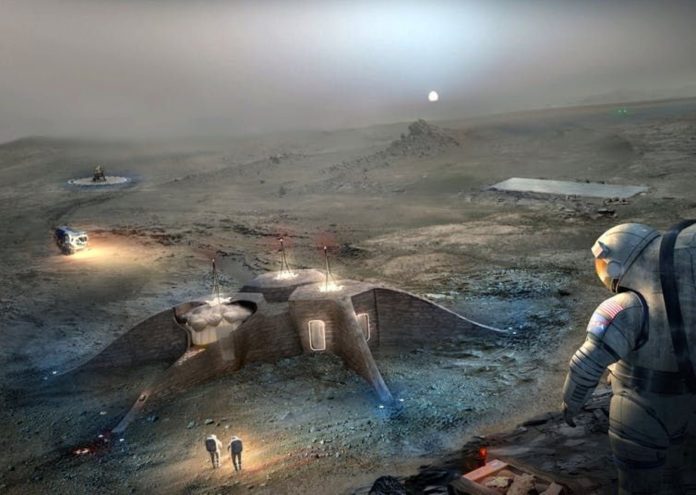In an ambitious move to establish a permanent human presence on the moon, China has announced its plan to launch a new robot that is capable of building lunar bases using Moon soil. The robot, named ‘Chinese Super Mansons’, will be launched in the near future as part of China’s ongoing space exploration program.
The robot is designed to use locally sourced Moon soil, or regolith, to construct structures such as landing pads, habitats, and other facilities needed for lunar exploration.
The process, known as in-situ resource utilization (ISRU), is a key technology that will enable humans to live and work on the moon for extended periods.
According to a statement released by China’s space agency, the ‘Chinese Super Mansons’ robot will use a variety of technologies, including 3D printing and robotics, to build these structures with a high degree of precision and efficiency.
The robot will also be equipped with sensors and cameras to monitor the construction process and ensure the safety of the astronauts.
The robot is part of China’s larger plan to establish a sustainable presence on the moon by the 2030s, which includes building a lunar research station and exploring the possibility of extracting resources such as water and helium-3 from the Moon.
The development of the ‘Chinese Super Mansons’ robot is a significant milestone in China’s space program, which has made remarkable progress in recent years.
In 2019, China became the first country to land a spacecraft on the far side of the moon, and in 2020, the country successfully launched its first Mars mission.
The announcement of the new robot has been met with excitement from the scientific community, who see the technology as a crucial step towards making lunar exploration and colonization a reality.
As China continues to make strides in space exploration, it is becoming an increasingly important player in the global space race. With the launch of the ‘Chinese Super Mansons’ robot, China is demonstrating its commitment to advancing space technology and pushing the boundaries of what is possible in space exploration.


